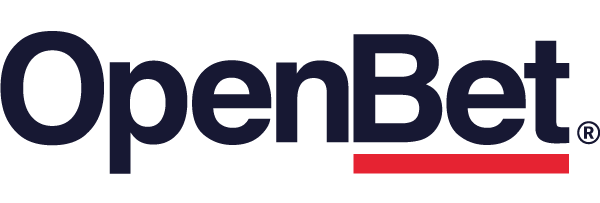More than
tools to be used, it is important to put the attention on logs generated by the
application or the infrastructure of services.
In more
practical terms, the infrastructure where a central gaming system sits on should
be generating logs about who has logged onto that infrastructure, what commands
he/she has run on the servers, what operations have happened – either human or
computer based.
Equally at the
application layer there should be adequate logging of the events that have
taken place, to know what records have been modified by whom.
Logs should be
made available to whoever within the operator is responsible for consuming and
reviewing those logs and can understand the legitimacy of actions and logs, as
well as the presence of potentially suspicious activities on the system.
Logs should be
made available in such a way that they can be consumed by whatever tool the
operator uses.







